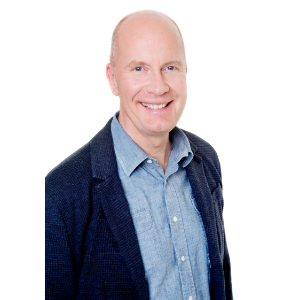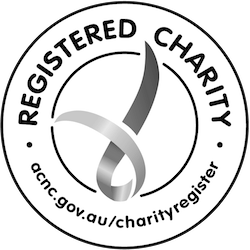We came by boat
3 September 2013 Hits:4590
I’ve taken the title for this blog from an article in this week’s BRW magazine. It’s a refreshing and inspiring article about some asylum seekers who arrived on our shores by boat and have become major contributors to Australian society. It’s an important article because so often “boat people” are typecast in a particular, mostly negative way.
The BRW article tells the story of people like Huy Truong who arrived in Australia on a boat carrying 40 other Vietnamese people in 1978. He was just seven at the time. Twenty-one years later he founded the gifting site wishlist.com.au with his wife Cathy and two sisters. They sold it last year to Qantas and he is now a private equity investor.
Tan Le also came by boat with her mother, three-year-old sister and 70-year-old grandmother. Le was just four years old. Speaking of the dangerous boat trip to Australia she says, “If you think there is any other chance of surviving in a reasonable, meaningful way, you wouldn’t choose such a difficult path and venture into the unknown.” People escaping the prospect of imprisonment, persecution, torture or death because of war, their faith or their race will take drastic action to secure safety for themselves and their families. I would, wouldn’t you? In 1998 Le was named “Young Australian of the year” and is now co-founder of Emotiv, a producer of headsets that read brain signals and facial movements to control technology.
Nathan Werdiger was a survivor of the Auschwitz concentration camp. He arrived in Australia in 1949 as a humanitarian migrant and subsequently founded the Juilliard Corporation, one of the biggest landlords in the Melbourne CBD.
In 1947 Frank Lowy (Westfield founder and Australia’s second-richest person) was a 15-year-old refugee from war-devastated Slovakia. In a speech last year he described himself as a “boat person,” one of 700 who escaped Europe in a rickety tub designed for 70. He arrived at Sydney airport on Australia Day 1952. He was 21.
Each of these people expresses concern over Australia’s over-politicizing, and current harsh treatment, of asylum seekers. Many of Australia’s boat people, past and present, come from places where there is no formal queue to join. One of the solutions to this is for Australia to establish processing facilities in South East Asia where the Immigration Department could assess people’s claims and then re-settle genuine asylum seekers in Australia or other nations. This has the potential to stop the people smugglers who are currently profiting hugely from the illegal traffic of people and are responsible for the drowning deaths of many.
This would also end the current detention of people on Islands like Manus and Nauru, as well as the harsh policy of releasing asylum seekers into the Australian community without giving them the right to study or work. This policy does nothing to support our economy (in fact it is imposing long-term costs on Australia) and only causes further damage to those who are already traumatised.
Huy Truong says, “There’s no better way of humanitarian relief than to give people the opportunity to earn their own keep and feel proud about being a contributor to their society.”
Frank Lowy adds, “To imagine a better life for you and your family and to make the leap of faith required to leave behind all that is familiar calls for a special kind of courage.” Australia has greatly benefited from the courage of these four people (and many others like them). What if they had been intercepted in Australian waters and sent to Manus Island? They would have missed out and so would we!
For further reading check out:
How refugees changed Australian business
Boat People: A Christian Response

Rob Buckingham
Senior Minister



